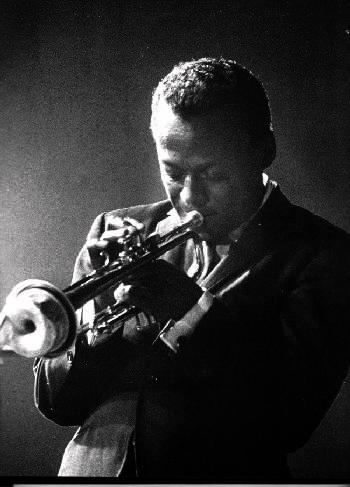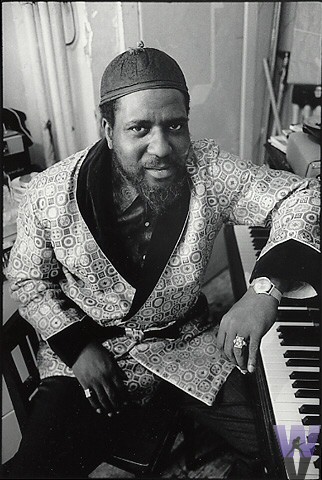
Chet Baker was the leading trumpeter in the West Coast jazz movement, also referred to as cool jazz. Influenced by Miles Davis, he forged his own lyrical trumpet style that put him on a path to great success in the early '50s.
In 1951, Baker he was given the opportunity to play with one of the innovators of bebop, Charlie Parker. This lead to his 1952 collaboration with saxophonist Gerry Mulligan in a pianoless quartet. This group had huge success and boosted Baker into the spotlight. From this point forward, Baker's life was never the same.
He has played with a plethora of jazz greats (besides the ones already mentioned): Stan Getz, Shelly Manne, Russ Freeman, Art Pepper, Johnny Griffin, Al Haig, Bill Evans, Paul Chambers, Philly Joe Jones, Herbie Mann, Bobby Timmons, Bob Brookmeyer, Bud Shank, etc.
However, like many great jazz musicians, Baker's personal life was plagued by drug addiction and this eventually led to his death in 1988. Baker was 58 years old.
Here are some recordings to check out:
Gerry Mulligan - The Original Quartet With Chet Baker
Chet Baker - In New York
Chet Baker - In Milan
Chet Baker - Lonely Star: The Prestige Sessions
Chet Baker - On A Misty Night: The Prestige Sessions
Chet Baker - Stairway To The Stars: The Prestige Sessions
Chet Baker - Chet
Chet Baker - Chet Baker & Crew
Chet Baker - Quartet Featuring Russ Freeman
Chet Baker - The Complete Barclay Sessions





